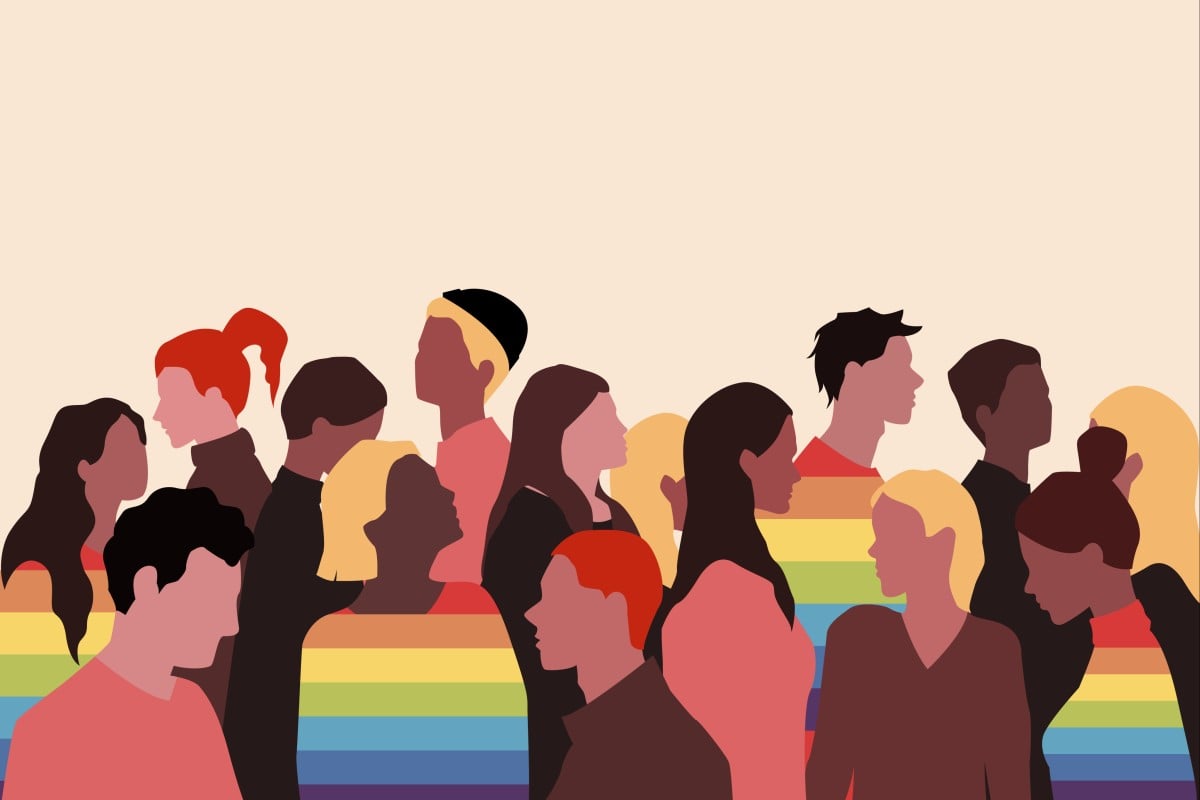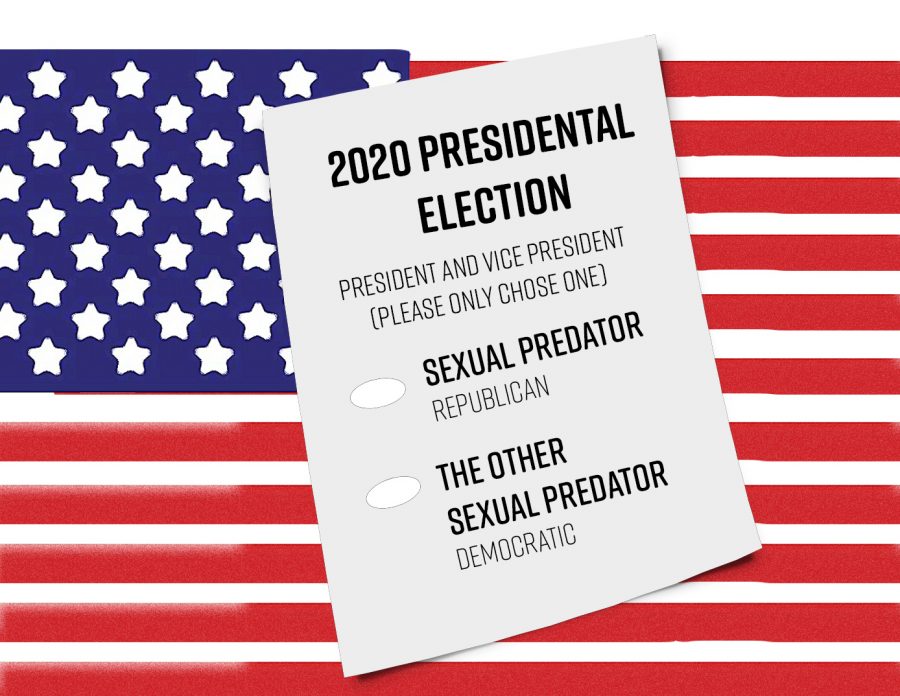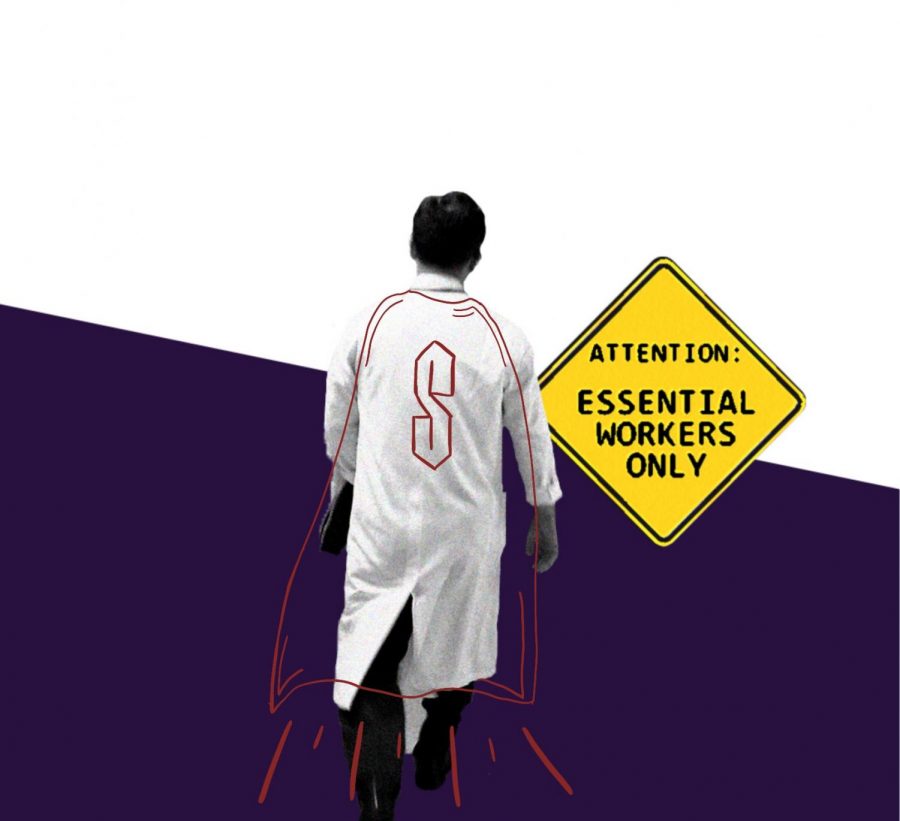Our world is moving, and it’s moving fast.
Where once we relied on the most basic form of communication to relate and interact with the people around us, face-to-face I mean, we now utilize cell phones, computers and the Internet as primary means of communication and self-expression.
The increasing progression of technological discovery continues to show us that the only thing we can rely on is change.
However, this is not a ground-breaking observation; in fact, I’m sure we’ve all heard at one time or another about the superhuman pace of technology and how it’s changing the world. And if you haven’t, you need only open your eyes.
But consider this line of thinking in terms of human identity. Would you say you are the same person five years ago? A couple months ago, even? Or perhaps the same person when you starting reading this commentary? My inclination is no.
We are a product of the environment in which we live and the cultural practices we are taught; we are invariably learning and growing from past experiences just as culture learns and grows from its unique history over time. So wouldn’t it logically follow that identity-which is influenced, above all, by environment-does not remain static or fixed, but rather “moves” and develops with the passage of time?
And if you think your identity development is moving fast in the real world, how accelerated do you think that becomes when you hop online? Not unlike the fluidity of culture or society itself, identity on the Internet is moving.developing, changing and adapting. And frankly, it has to.
If a culture cannot adapt, then it either assimilates into one that can or it dies out. Our virtual identity, in a similar manner, faces anonymity (a sense of Internet ‘death’) if it cannot learn to ‘move’ with the ebb and flow of the digital world.
Perhaps what gives the Internet value is its capability to collapse both time and space in pursuit of global connectivity, allowing anyone with access to make real-time updates or set up personal profiles from nearly anywhere in the world.
In this sense, the evolution of a person’s identity is no longer restricted to relationships with only the people of close proximity, as it existed not more than 20 years ago. The media-scape has complexified identity construction in ways that we couldn’t have conceived of before. All of the sudden, “the world is at your fingertips” does not seem like such a ridiculous phrase.
This makes me wonder where the line falls between our real self and our virtual self. Or is there even a difference? As a technology-driven society, we switch between the two all the time-updating Facebook from our BlackBerrys one minute and talking to friends in real life the next. Those seem different enough. But what about when you text a friend standing right next to you, or Skype a person sitting in the same room as you?
Finding the link, or the disconnect, between the virtual and the real is becoming increasingly important, if only for the practical implications of such a discovery. For example, how many times have you ‘friended’ people on Facebook before actually meeting them? It is natural to form assumptions about people, but up until relatively recently, that was done primarily through conversation and not a computer. There is something to be said about spontineity in real interactions and what that says about a person’s identity in general. On the computer, though, you don’t have to think on the spot, and you can formulate the perfect answer.
The way we choose to communicate as individuals and as a society reveals a small part of our identity. The impact of this feedback loop between communication and identity deserves a critical eye in our fast-paced world, lest we forget that, not long ago, our options were not as diverse as they are now. We are driving the system harder and faster, but at what cost to our ‘selves’?
Daniel Hunninghake is a senior in the College of Arts and Sciences.








